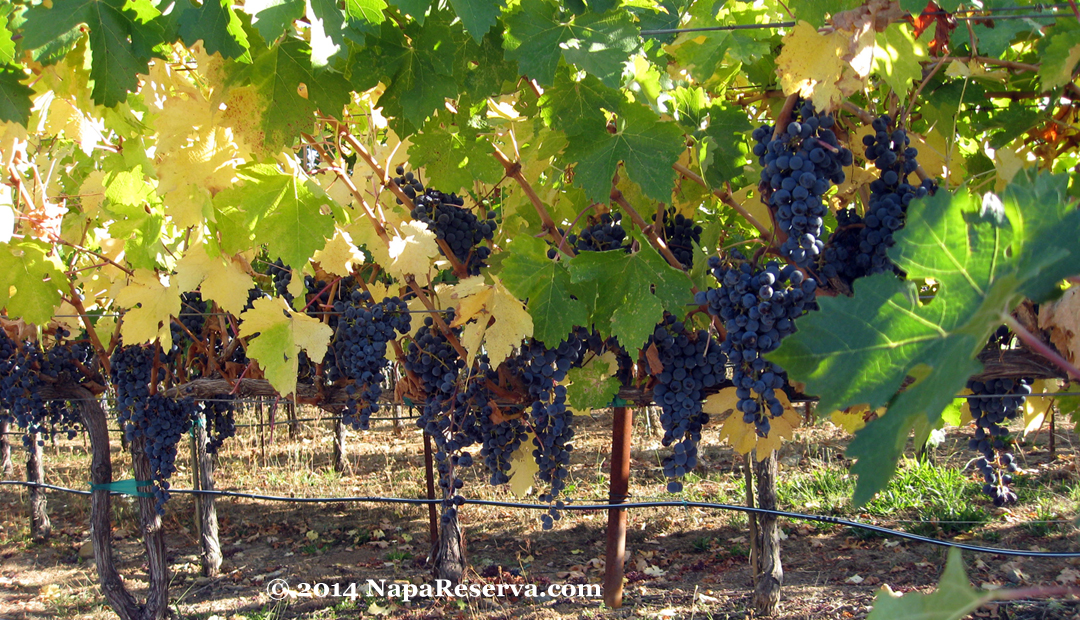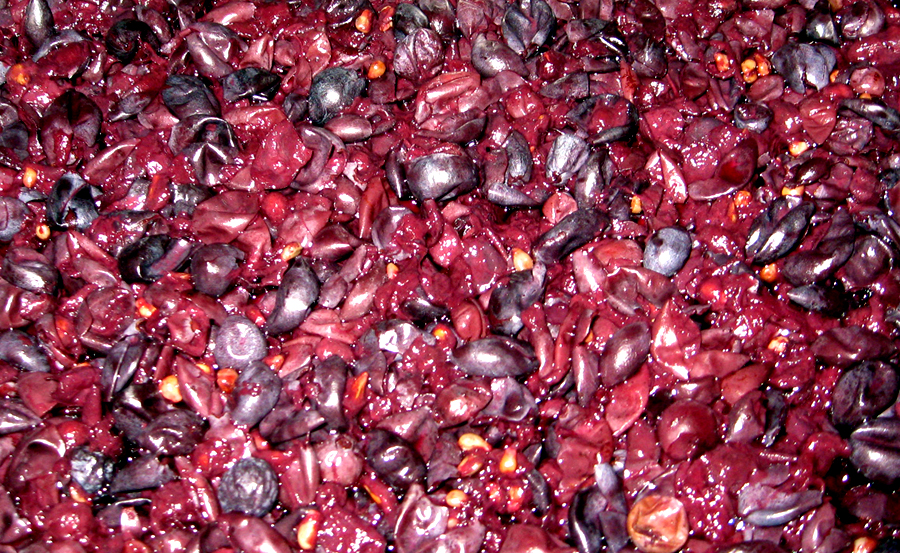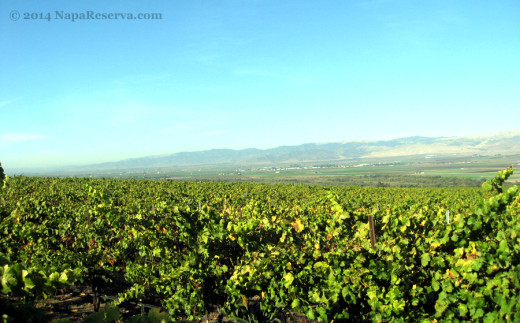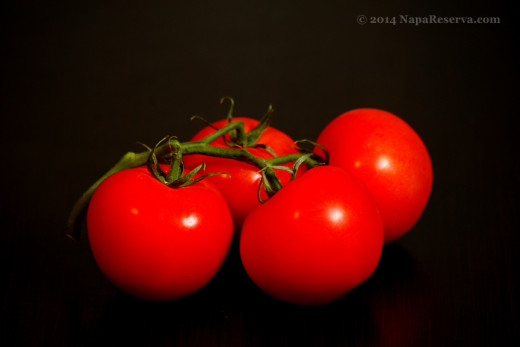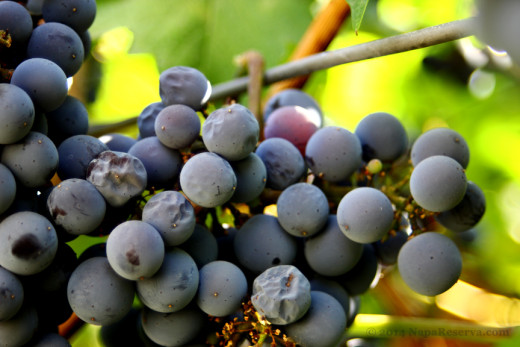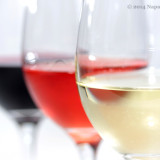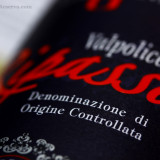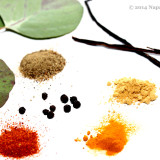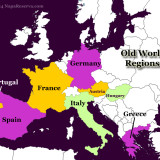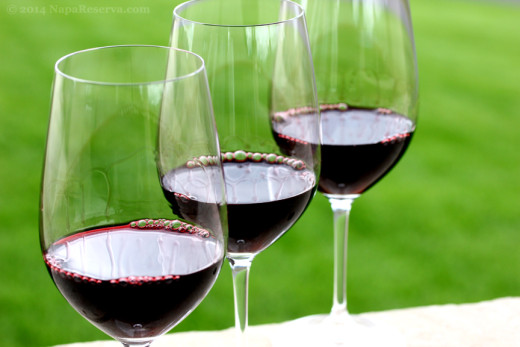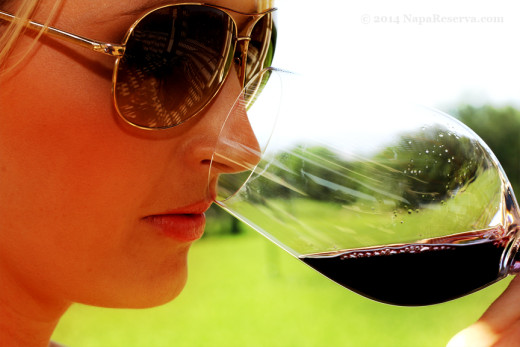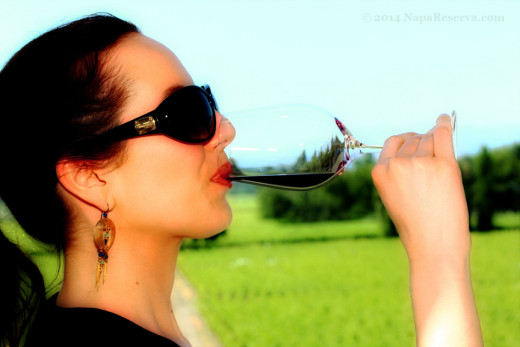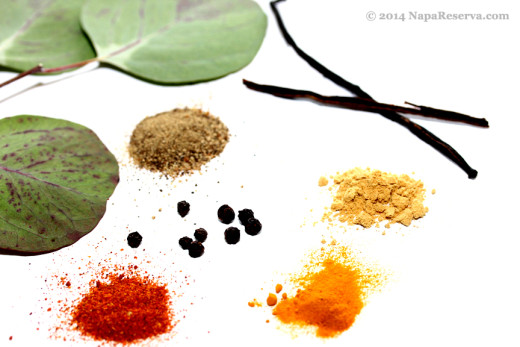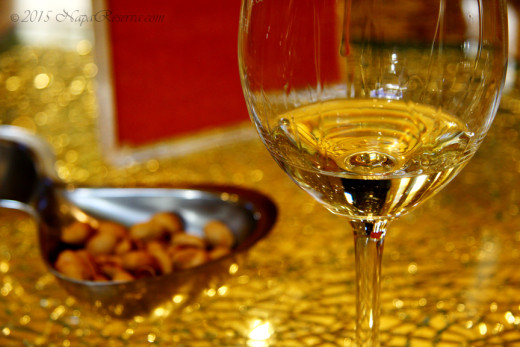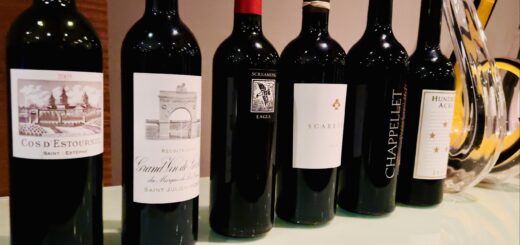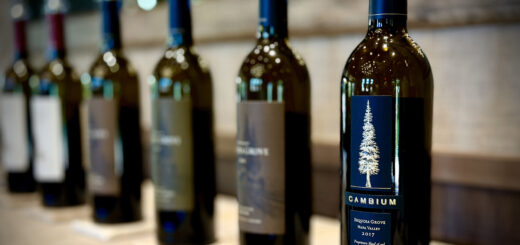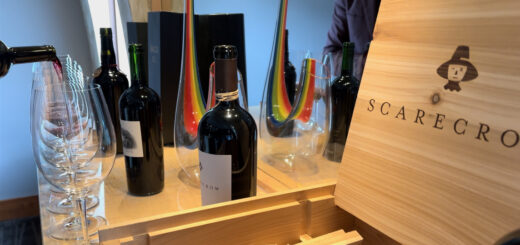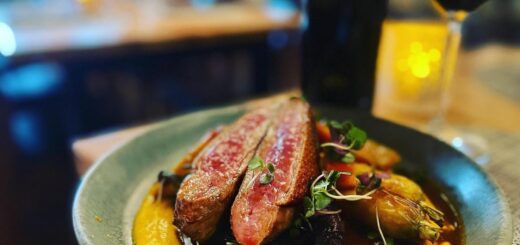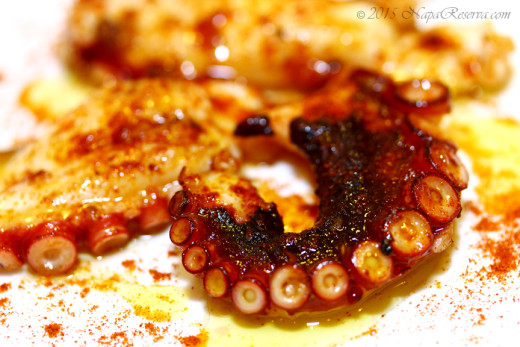Wine making process, some science but mostly art
Grapes ripen! a very excited time of the year as everyone gear themselves ready. As excited as everyone can be, on the other hand, the winemakers aren’t exactly jumping up and down. This is a very critical time, picking the grapes too early or too late given the weather condition could have devastating impact on the final wine.
They must consider the ripeness of the grape, both in their physiology and flavors. Letting the grape ripe a bit longer on the vines will enhance more concentrated flavor, at the same time, they wouldn’t want the sugar content to creep up too high, it will result in higher alcohol content, or sweeter wine -which may or may not be what they’re shooting for. Whether is also a key factor, if harvest after the rains, their grapes will be diluted and flatter on flavors. It has been a common practice to harvest late in the night, the cooler temperature helps stabilize the grapes and prevent premature fermentation.
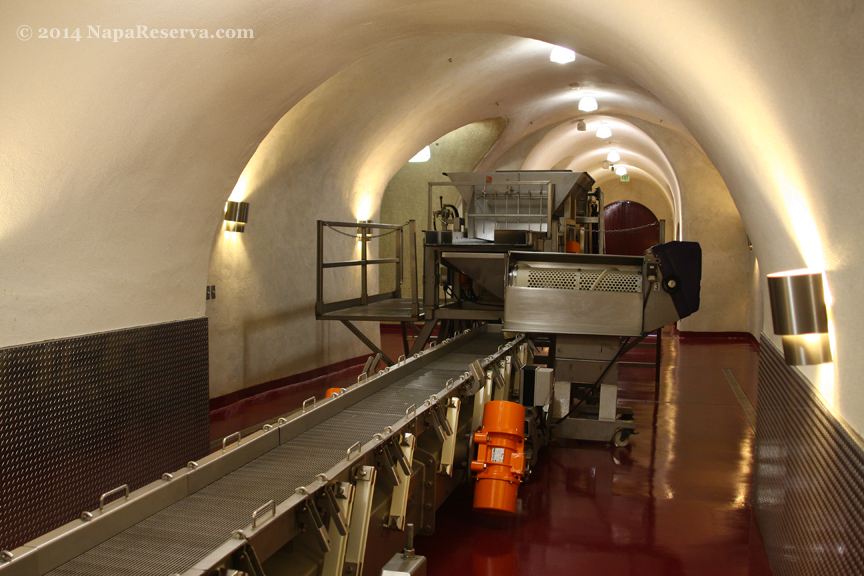 Sorting & De-stemming & Crushing
Sorting & De-stemming & Crushing
Once harvested, usually in half-ton or 1 ton bins, they then will be transferred to the sorting machine. This will remove the stems, stalks and any unwanted debris.
When it comes to crushing or pressing, for Reds, a gentle press just enough to pop the berries open without disturbing too much the skins and seeds, this will produce a fruitier wine, less tannic, and softer mouth-feel. On one side, heavier crushing will lead to more structure, robust, tannic wine. The tannins in wine come mainly from the seeds, skin and a little bit from the oak barrel. This explains why white wines usually aren’t tannic, if any tannins at all, that comes from aging in the oak barrel, California Chardonnay are often more oaky compared to those from around the world.
During the fermentation process, for red wines, grapes will sit will in their juices (known as must) which could take from between 7-14 days, in the old days, this process happened natural, now commercial operations add their own particular trends of yeast. They have more control of the process and the final result.
A lot of winemakers now also add more nutrients to the must specifically formulated for the yeast. Keeping the wealthy, happy cows better milk and meat, happy yeasts will make better wines. All of these factors together affect the final wine.
Maturing & Aging
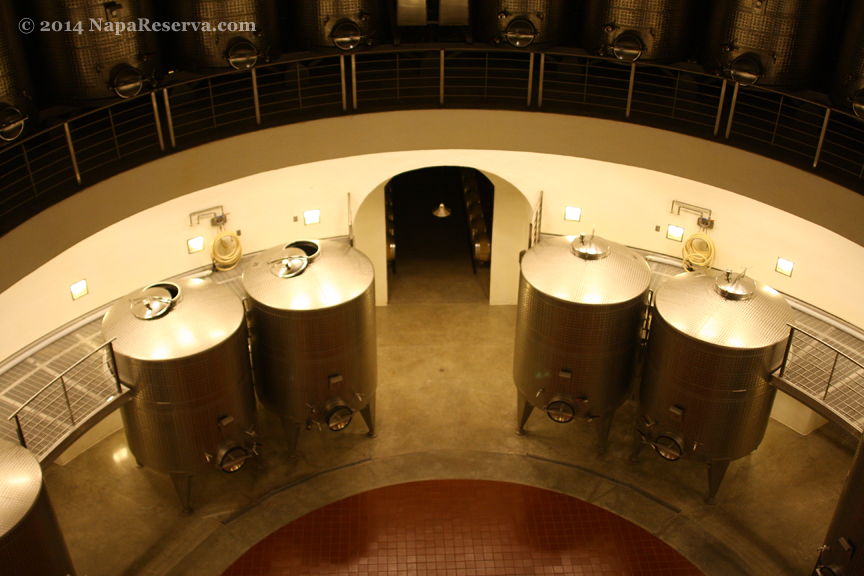
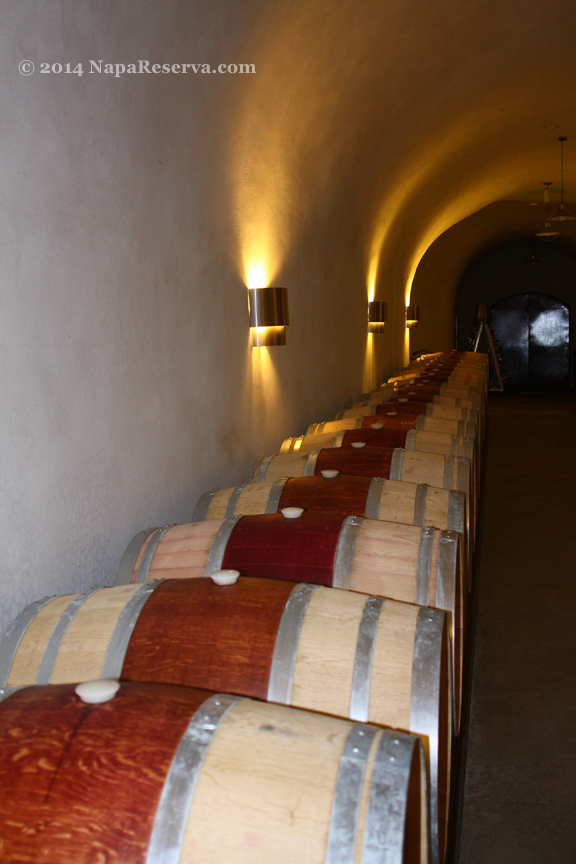 For the most part, usually white wines don’t age in oak barrels; in fact, a large amount of them are not meant to age, and usually consumed relatively early, after fermented.
For the most part, usually white wines don’t age in oak barrels; in fact, a large amount of them are not meant to age, and usually consumed relatively early, after fermented.
When it comes to red wines however, most will age in oak barrels. Oak will add great flavors, texture and help smooth away any unwanted tastes. the longer it sits in oak, the more flavors the wine will take on. It also depends on what kind of oak, how are they toasted, and new or used barrels. They could age from as little as several months or a few years in oak.
Bottling
Once the winemakers decide to extract the wines from their barrels or tanks, it is time to bottle them. Again, white wines will likely be consumed shortly after bottling, same goes for a large amount of red wines as well. For the bigger and bold reds, the winemakers will again let them age in the bottle. Overtime, this also has much effect on the wine, now inside glass, the wine no longer takes on flavor from oak but it will mature by integrating all of its flavors, tannin softened making it a more complex and elegant wine. Even after release, some reds could benefit more from cellaring a few years.
The final step is perhaps the most important, DRINK IT! cheers!

